Things to Know When Using KMnO4 in Shrimp Farming
Effects
Potassium permanganate (KMnO4) is a strong oxidizing agent that can oxidize both inorganic and organic substances. It has the ability to kill bacteria, fungi, algae, and even viruses by directly oxidizing the cell membranes of microorganisms, thereby destroying the specific enzymes that control the cell's metabolic processes.
When used at a concentration of 1–2 ppm, KMnO4 increases dissolved oxygen (DO) levels and reduces organic matter in the pond (with a slight reduction in COD levels). In water, KMnO4 functions as MnO4-, and at a concentration of 20 ppm for 1 hour, it can kill protozoa and filamentous bacteria (Flexibacter columnaris) that form biofilms on tiger shrimp.
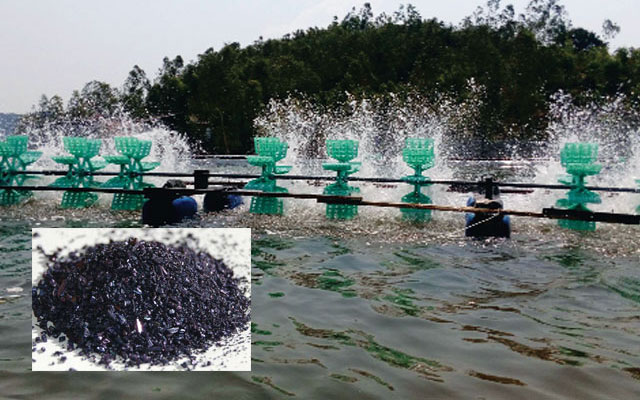
Timing of Use
- KMnO4 is typically used at the start and end of the farming season because when it reacts with water, it produces MnO2, which is toxic to shrimp.
- Using KMnO4 in ponds can kill algae and cause oxygen depletion, so it is necessary to increase aeration.
- To disinfect the water, use a concentration of 2–4 mg/L, adjusting the dosage based on the organic matter present. To kill viruses, use a concentration of 50 mg/L or higher.
- KMnO4 is a strong oxidizer and easily degrades when mixed into a solution, so it must be used immediately after preparation. Liquid storage should not exceed 24 hours and should avoid high temperatures and direct sunlight. When used at high concentrations (>10 ppm), the large amount of manganese oxide (MnO) produced can be toxic to shrimp and fish.
- KMnO4 is antagonistic to certain compounds such as formaldehyde, alcohol, arsenite compounds, bromide, iodine, phosphorus, sulfuric acid, sulfur, activated carbon, and H2O2. Therefore, it should not be used in combination with these substances.
- The treatment process can affect the health of shrimp and fish, so it is important to monitor their condition after treatment.
- Allow at least 4 days between treatments.
Limitations
Using KMnO4 for disinfecting water in shrimp farming has some limitations:
- It is unstable and loses its disinfecting ability under sunlight or at high temperatures, so it should be stored in dark brown containers to avoid direct light exposure.
- Its use is limited in ponds with shrimp (during the farming process) because when KMnO4 reacts with water, it produces MnO2, which is toxic to shrimp.
- It is less effective in ponds with high levels of organic matter. In such cases, test the ability to oxidize organic matter in the pond (the water sample should remain purple) before determining the dosage.
- When used at concentrations of 2–6 ppm, it can reduce organic matter in the pond, clarify the water, and increase dissolved oxygen, although the efficiency of increasing dissolved oxygen is not high.
Estimating KMnO4 Dosage
The amount of KMnO4 to be used depends on the organic matter content in the water. Therefore, accurately estimating the required dosage is crucial. If not, the KMnO4 will react with the organic matter, become neutralized, and lack the potency to kill pathogens. There are two common methods to estimate the required KMnO4 dosage:
Method 1: The conventional method is to start with a dose of 2 mg/L. If the water color changes from purple to pink within 8–12 hours after treatment, the KMnO4 dosage is sufficient, and no further increase is needed. However, if the water color turns brown within 12 hours, the dosage is insufficient, and an additional 1–2 mg/L may be required. The treatment should ideally start early in the morning to observe the color change within 8–12 hours.
Method 2: First, prepare a standard solution by dissolving 1 g of KMnO4 in distilled water. Then, take 5 separate cups, each containing 1 liter of pond water. Add 2, 4, 6, 8, and 10 ml of the standard solution to the cups, respectively, and stir. After 15 minutes, note which cups still have a pink color. Multiply the amount of the standard solution added to the cup by 2 to determine the required KMnO4 concentration (mg/L) for the current water conditions.
Important Notes
Like other disinfectants, there are several important considerations when using KMnO4 in shrimp farming:
- Disinfection should be done 3–5 days before stocking shrimp to minimize the presence of bacteria and viruses in the water. During this time, ensure that the residual disinfectant decomposes and evaporates (usually within 48 hours), and quickly color the water, introduce beneficial microorganisms, and stock the shrimp.
- Disinfectants should be used when there is an outbreak of disease, the pond water is polluted, or near the harvest time.
- After disinfection, harmful bacteria may quickly reappear. Therefore, it is important to introduce beneficial microorganisms 48 hours after using disinfectants to help the beneficial bacteria (Bacillus) establish dominance and control the harmful bacteria population below dangerous levels. Under normal conditions, the regular use of microbial products can suppress harmful bacteria in pond water, but in cases of high disease pressure, the use of disinfectants is necessary to keep harmful bacteria levels under control.
Ngày đăng : 03/09/2024
2687 View
Other Articles
Vietnam’s shrimp export outlook in the first quarter of 2026 continues to face heavy pressure from tariffs.
New England’s shrimp fishery to shut down for the long haul after years of decline
Crab exports to the United States account for more than 80%.
Thailand sets a target to increase shrimp production to 400,000 tons by 2026.
CTU-RAS: Recirculating Shrimp Farming for Sustainable Development
Vietnamese aquatic products reach new markets
Global Shrimp Forum: Global shrimp trade is reshaping
China’s Import Value Up 10%, Vietnamese Shrimp Remains Among Leading Suppliers
After the 7.5-magnitude offshore earthquake in Aomori that injured 34 people, Japan has issued a warning about a potential mega-earthquake
India’s shrimp exports accelerate despite the trade war with the United States
Portuguese food group acquires 18% stake in cod farming company Norcod
Indonesia implements radioactive-free shrimp certification for exports to the United States








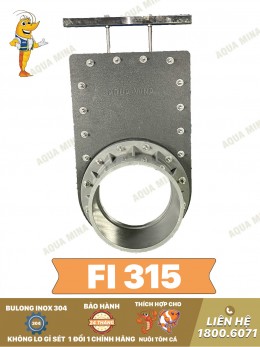
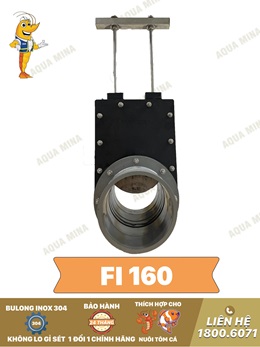

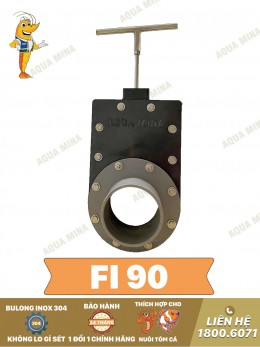
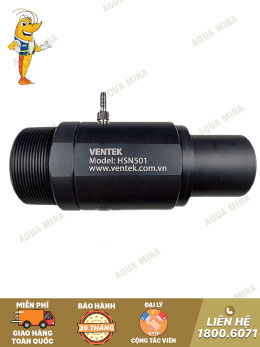
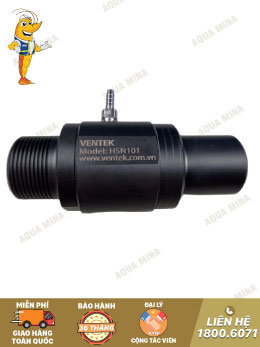
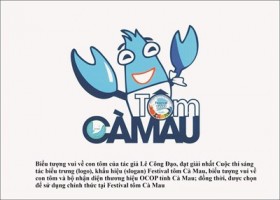

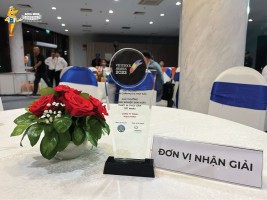
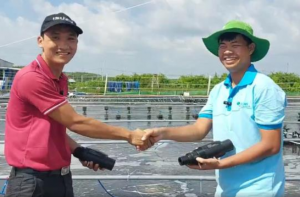
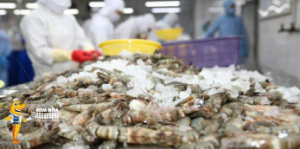
.jpg)